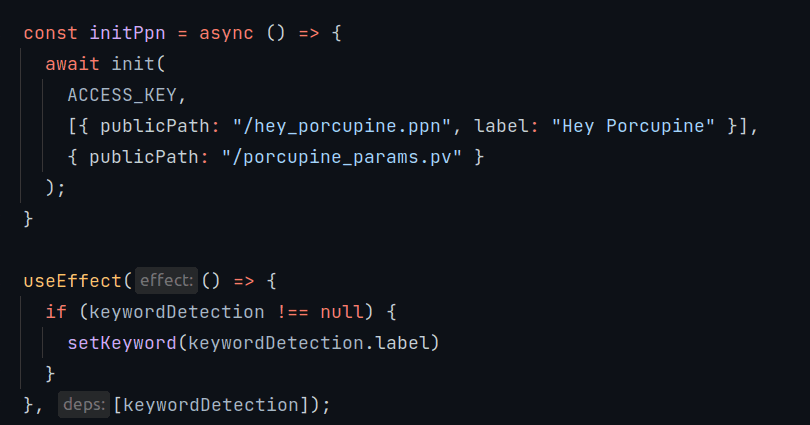Text-to-Speech, TTS, Speech Synthesis, or Voice Generator deals with converting written text into spoken words. It enables various applications such as voicebots, industrial voice assistants, language learning, and IVRs. Text-to-Speech improves accessibility across industries. This article briefly analyzes common Text-to-Speech applications.
Text-to-Speech in Customer Service:
As AI evolves, virtual agents help humans with more daunting and repetitive tasks, improving productivity and customer satisfaction.
Interactive voice response (IVR) systems provide customers with information and allow them to complete simple tasks. Traditional IVR systems play recordings in response to customer queries. Text-to-Speech, used with other AI solutions, replaces recordings, enabling more realistic human-like conversations.
IVRs are a form of voicebot that can replace or complement any chatbot. For example, OpenAI recently added voice features to ChatGPT to enable voice conversations. While voice recognition solutions enable machines to listen and understand humans, TTS allows machines to speak back. Another use of TTS in customer service is physical devices. Hands-free interactions with machines, such as kiosks for in-store assistance, have gained popularity with COVID-19.
Fast TTS response time is crucial to mimic human-like experiences. Picovoice’s Orca Text-to-Speech eliminates the necessity to send data to a remote server, offering guaranteed and unmatched response time.
Text-to-Speech in Media and Entertainment:
Audio and video content is growing. TikTokers are generating voices for their TikTok videos. Spotify aims to clone the voice of podcasters to localize its content. Online news outlets and bloggers add an audio player to their articles. Game developers give voice to the characters and allow players to talk to them. Publishers make the books reach wider audiences with audiobooks.
Text-to-Speech in Healthcare:
Voice technology enables several healthcare applications, including voice assistants for healthcare providers and patients, voice-controlled medical devices, and robots. Text-to-Speech is a part of all conversational applications, empowering machines to speak back to users. As AI advances, more applications become conversational. While medical dictation applications were solely for transcription of medical reports, now they’re capable of summarizing them, highlighting critical information, and interacting with users to confirm their requests or simply read back inputs provided. Text-to-Speech is widely used in eldercare, too. Getting voice alerts from medical devices, such as glucose monitors, or listening to instructions or prescriptions helps older adults as we start losing our ability to see up close with age.
Text-to-Speech in Education:
Text-to-Speech enables text narration - reading text aloud. Thus, it offers a better learning environment for people with seeing disabilities, learning difficulties like dyslexia, non-native speakers, and those who learn better by seeing and listening. TTS enables learners to have conversations with machines and receive immediate feedback even if they don’t have access to educators. It can repeat the correct pronunciation of phrases and sentences as much as users want, making it a great public speaking coach with unlimited patience.
Text-to-Speech in Transportation:
Trains, airports, and bus terminals can be loud. Passengers may miss critical announcements due to low intelligibility and poor audio quality. Text-to-Speech can ensure a standard, high-quality service with friendly and clear announcements in many languages. TTS enables passenger information systems, self-service kiosks, emergency broadcast systems, language translation systems, and customer service.
Text-to-Speech in Consumer Products:
Voice assistants became popular with smart speakers. Text-to-Speech is a crucial technology for voice assistants, allowing machines to speak to users. Other consumer products, such as smart appliances, set-top boxes, home automation systems, smart toys, and fitness equipment, leverage voice assistants, hence Text-to-Speech. Some consumer products, such as e-book readers or electronic dictionaries, use Text-to-Speech without any speech processing software embedded.
Enterprises often differentiate themselves with voices unique to their brands. Picovoice Consulting works with Enterprise Plan users to create custom speech synthesizers.
Picovoice’s local Text-to-Speech, Orca, is ready to use for all Picovoice account owners, regardless of their subscription plan. Enterprises interested in differentiating themselves with voices unique to their brands work with Picovoice Consulting to create custom speech synthesizers.







